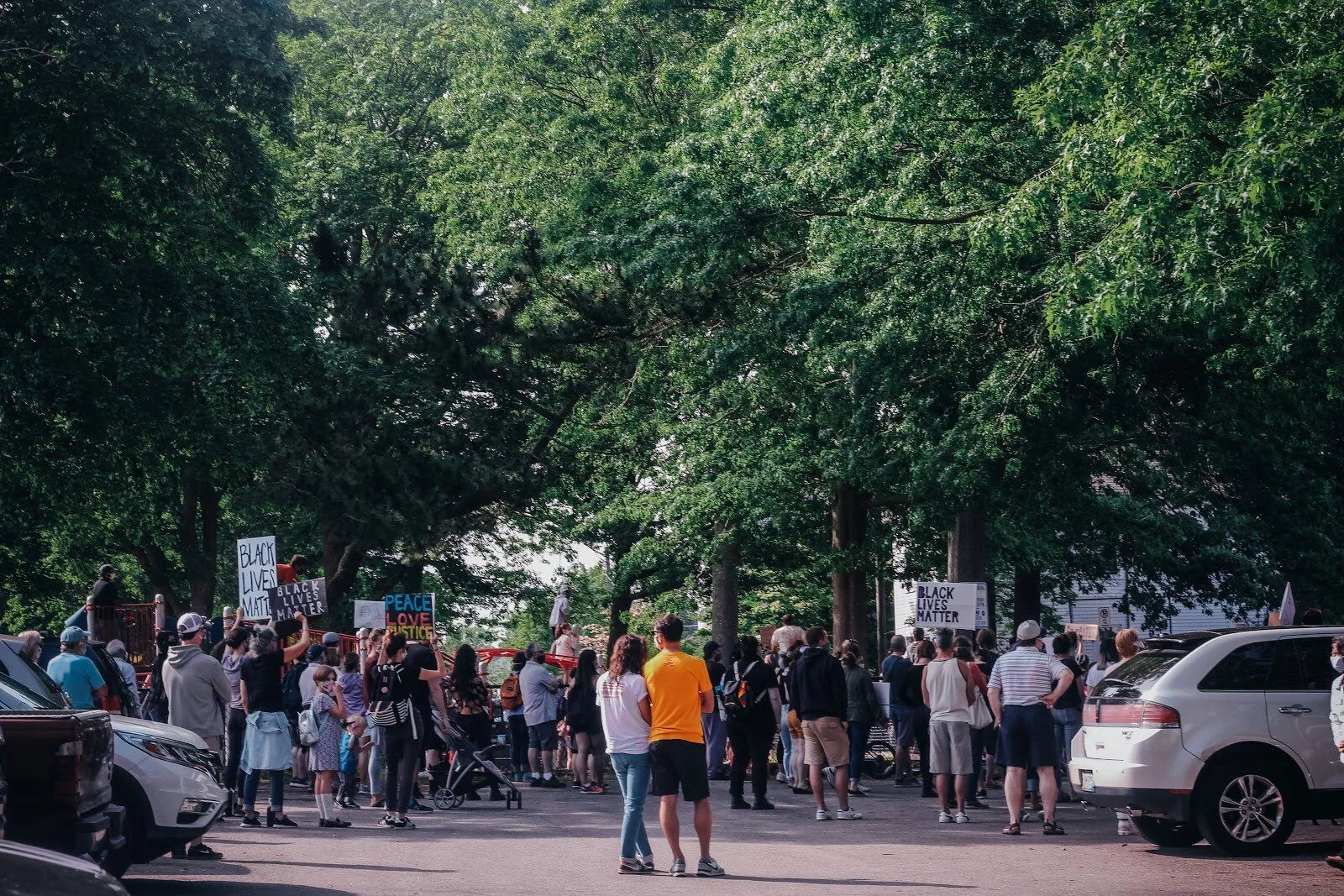by Abby Wester ’22
Staff Writer
This summer saw a widespread racial reckoning across the United States in the wake of protests sparked by the police murders of George Floyd, Breonna Taylor, Tony McDade and countless other Black Americans. Systemic racism became a prominent topic of conversation in many industries, causing companies, organizations and movements to evaluate their own past and present contributions to upholding racism. This reckoning and reflection was not absent in the environmental movement. The Sierra Club, an America-based environmental organization, was the most noteworthy group to recognize the racism of their founder and “Father of National Parks” John Muir.
Muir was a Scottish-American conservationist who lived from 1838-1914. He spent years traveling the world and studying the environment, writing articles about his findings, which eventually garnered a following. He played an instrumental role in establishing many of the first national parks, such as Yosemite National Park, Sequoia and Mount Rainier. In 1892, Muir and some of his followers founded the Sierra Club with the goal of encouraging Americans to explore and protect nature.
However, like many of his fellow conservationists of the time, Muir spewed racism and anti-Indigenous comments in his writings and upheld a white supremacist view of the United States. While he worshipped nature and all of the creatures around him, he still considered Native Americans “subhuman” and often referred to them derogatorily. Muir was closely associated with advocates for the eugenics movement, such as Henry Fairfield Osborn, Joseph LeConte and David Starr Jordan.
On July 22, 2020, executive director of the Sierra Club Michael Brune posted an article to the organization’s website titled “Pulling Down Our Monuments.” In this article, he discussed the racist rhetoric of Muir and other initial members, acknowledged the historic exclusion of people who were not upper or middle class and white, and made a commitment to be more inclusive of BIPOC. He stated that the organization was “redesigning [its] leadership structure” to allow more organizational decisions to be made by BIPOC, as well as investing $5 million in staff of color and their efforts to tackle environmental and racial justice issues. The Sierra Club has also stated they will spend the next year analyzing their history as well as determining which monuments need to be renamed or taken down entirely.
This apology was the first step in recognizing the exclusivity that has characterized the Sierra Club since its origins.



